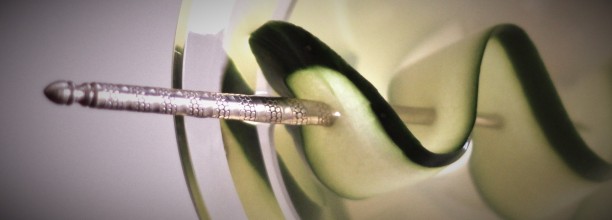
The great sand dune of Pyla, sometimes called the ‘Dune de Pilat’ is the tallest in Europe at over 100 meters high. At present it is three kilometers long and five hundred meters wide and lies just an hour’s drive, (60 kilometers) west of the famous wine region Bordeaux. However, Pyla is a world away from the chiseled chateau, manicured vineyards and underground cellars of the world’s most famous wine region.
The dune is an ever changing natural phenomenon, an irresistible force engulfing the pine forest, roads and even houses in its wake. Situated on the southern end of the Le Bassin de Arcachon, the relentless westerly winds coming in off the Atlantic continuously blow sand up onto the shoreline. The dune is moving inland at a rate of around five meters every year. It is believed that the dune has doubled in size over the past century engulfing anything that is in its path.
According to the Polish Spirit Industry Association, the word “vodka” first appears in court documents from the Palatinate of Sandomierz in Poland. Vodka has always been associated with the origins of its most successful producers, Russia, Poland and of late Sweden.
However, in this modern hipster world of boutique spirits and bathtub distillers it seems anyone can have a go at making just about anything the like; as long as they don’t blow themselves up it would seem the possibilities are infinite.
So I was intrigued when I met Mr Bertrand Rocher of Valdronne Distillery, who wanted to introduce me to his Pyla Vodka whilst he was in town last week. Producing Vodka outside of Bordeaux would seem an unlikely proposition.
Vodka Pyla is made from gluten free wheat which must be distilled five times, the distiller believes the end product is more elegant, refined and less bitter. The water used comes from deep underground in the Massif Central, which dates back to the Eocene era 55 million years ago; the waters are very pure with a low mineral content.
The first vapors off the distillation are known as the fore-shots, followed by the heads, then the hearts and finally the tails; in vodka distillation it is only the hearts that the master blender is interested in and these will be separated out from the rest.
Filtration is important removing impurities and leaving trace elements of aroma and flavour. Pyla is filtered with the oceanic sands of the Dune of Pyla. The silica is broken down quartz crystals which give the vodka its purity and add the faintest sense of place.
On tasting, the Pyla it is exceptionally elegant and refined with clean spirit and the faintest hints of star anise, clove, pine and minerals. I find Pyla vodka to be perfect in a vodka martini, with a twist of lemon and very definitely stirred, never, ever shaken.

